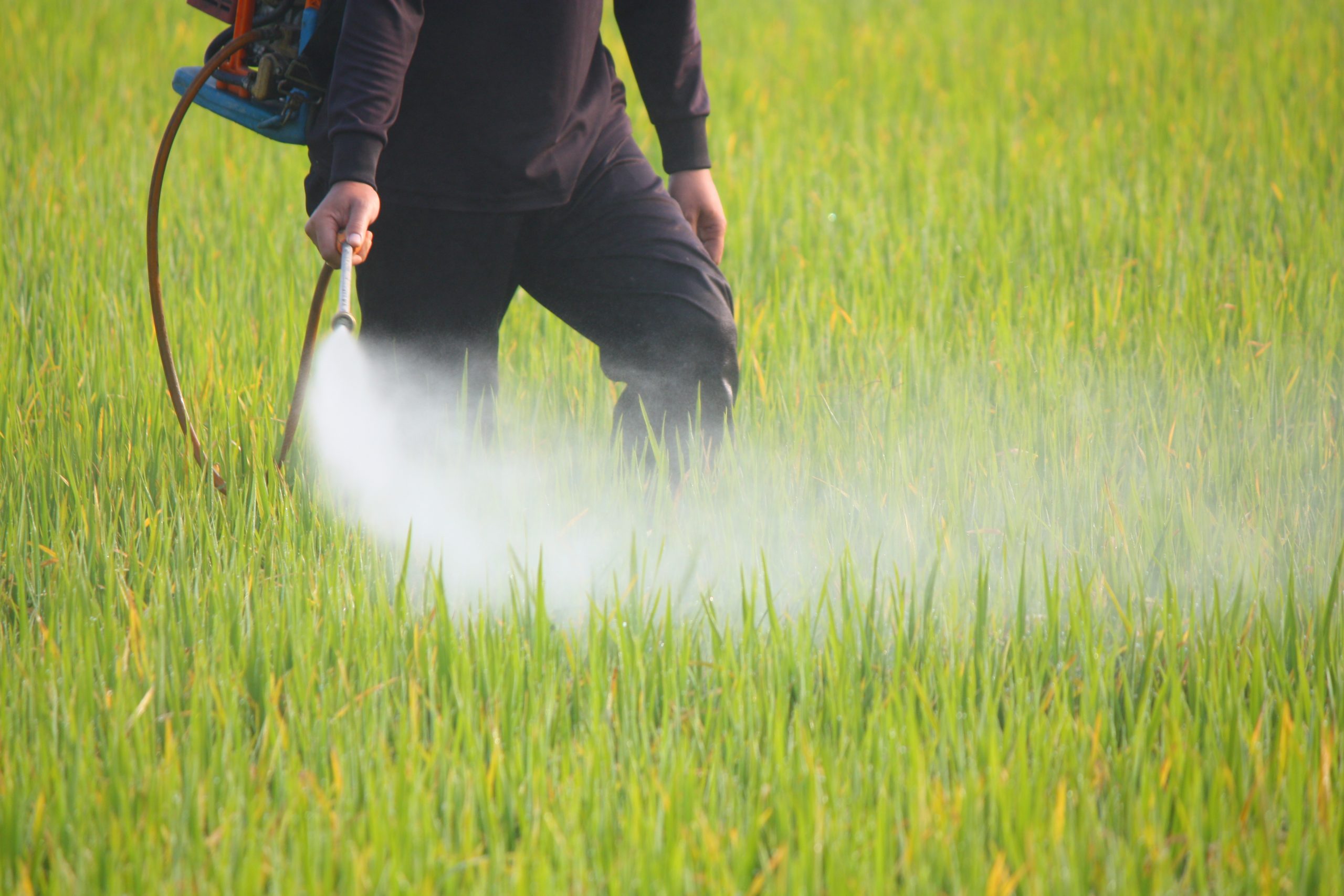How Pesticides Hurt Cavity-Nesting, Solitary Bees
April 10, 2018
Though honeybees are our go-to source for honey and pollination, there are other bees out there that pollinate plants and the crops we use for food. Interestingly, unlike honeybees, most of the over 4,000 species of bees on the North American continent don’t live in colonies. Actually, most native bee species are solitary—nesting in cavities, such as burrows within the ground or holes within plant stems. We certainly know plenty about honeybees, but most admittedly don’t know as much about solitary bees and the crucial role they play in our ecosystem.
As with honeybees, solitary bees are faced with the same factors of decline—parasites, habitat loss, nutritional deficiencies, diseases, and pesticide exposure. Unfortunately, the data necessary for understanding how these factors affect wild bees are lacking. And, regarding pesticides, it’s common for manufacturers to only check how their products affect honeybees before authorization, despite solitary bees potentially interacting with the chemicals differently. According to a recently published report in Environmental Entomology, Andi Kopi, a graduate student with Utah State University, and Dr. Theresa Pitts-Singer with the USDA’s Agricultural Research Service, we must look beyond honeybees when evaluating how pesticides influence pollinators.
As with honeybees, adult solitary bees as well as their larvae are subjected to pesticides whenever they ingest pollen or nectar that’s been contaminated. However, while honeybee larvae are continually fed by worker bees, cavity-nesting bee species get just one big meal. If this meal becomes contaminated, there’s nothing uncontaminated the next day—these bees just have to eat what’s available. Solitary bee larvae can also face long-term exposure through the nest’s structure, such as when plant soil or material for walling off brood cells becomes contaminated.
Additionally, grown solitary bees are more vulnerable to pesticide exposure than honeybees due to how they build nests—cutting or chewing leaves and carrying or digging into soil. Should the leaves or soil be coated with pesticides, adult solitary bees end up having a great deal of contact. What this shows is that the methods of pesticide exposure vary with solitary bees—though Pitts-Singer stipulates there currently isn’t enough data to confidently say whether pesticides are less toxic for honeybees than solitary bees.
“A nesting season as well as pollination service ends for a cavity-nesting bee if she is killed or lost due to pesticide effects while negative pesticide effects on only some of the worker bees from a honeybee colony would not end the life of the hive nor the complete function of honeybees as pollinators,” Pitts-Singer said. “In this context, the cavity-nesting bees—or any solitary bees—are more vulnerable to negative effects of pesticides.” Per Pitts-Singer, the entomology community has more work ahead of them in terms of exploring exposure routes and pesticide toxicity in all bees—rather than just honeybees.
Copyright: comzeal / 123RF Stock Photo


.jpg)




